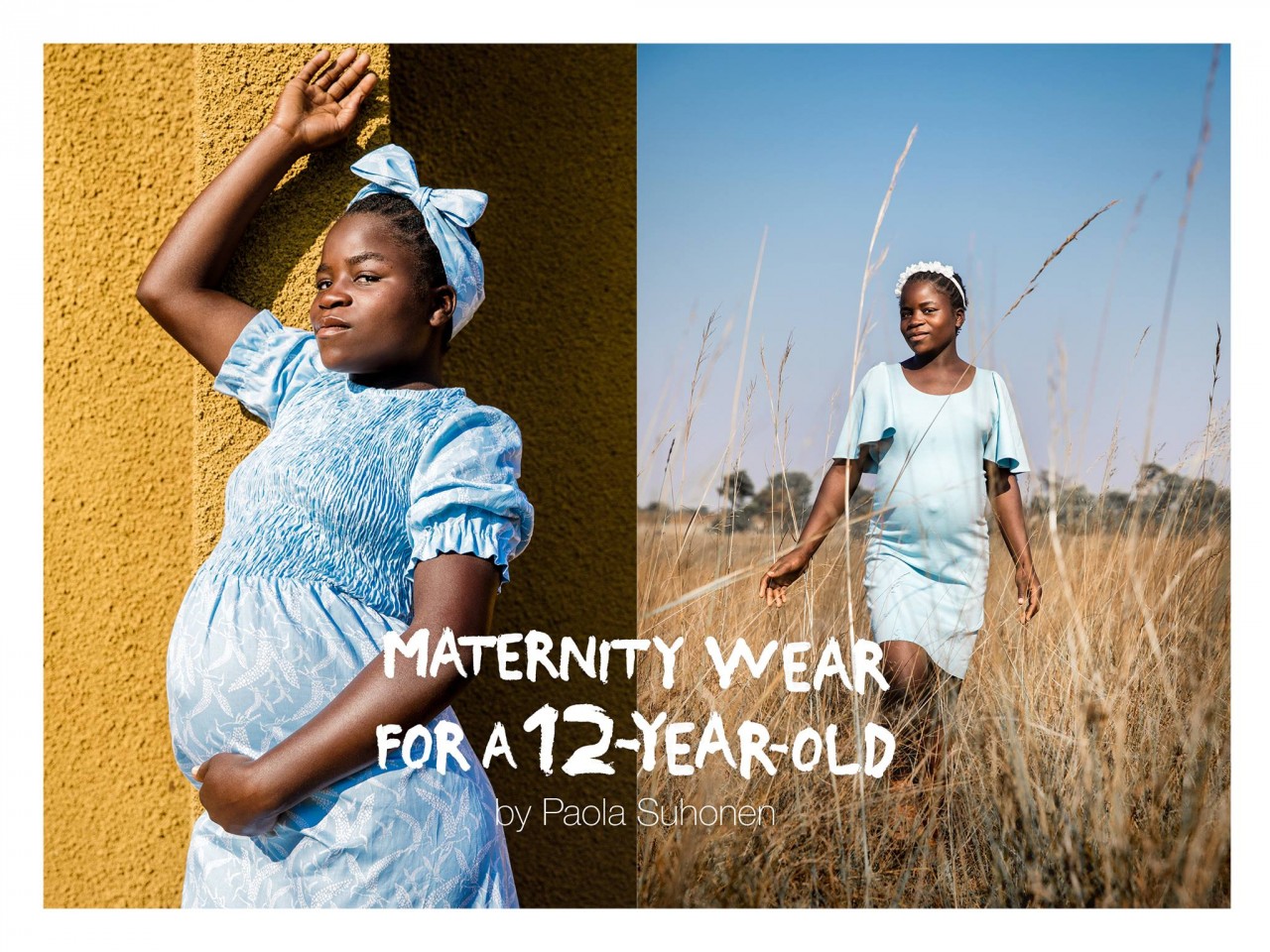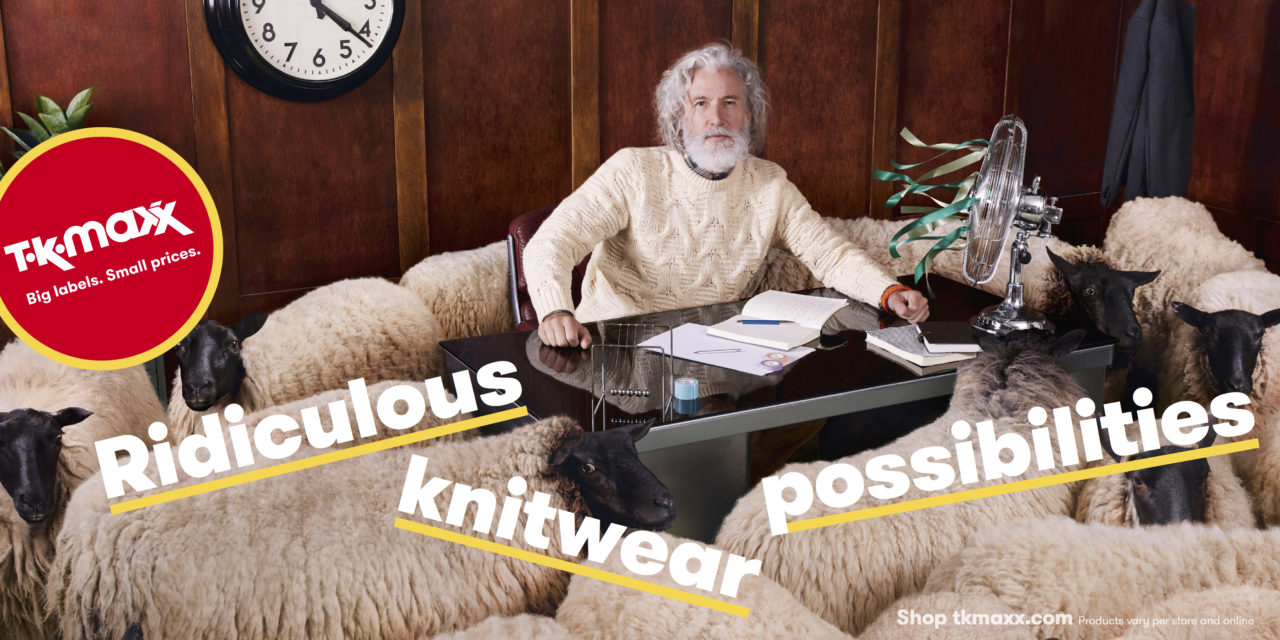5 photography trends influencing designers in 2018
Top trends in commercial photography that every designer should know about
Whether you're an editorial designer who often works with photographic images, or an enthusiastic hobbyist photographer, it's handy to have one eye on the biggest photography trends of 2018.
But what does it mean to be a photographer in 2018? Once, it was at least in part a technical role, limited to those who could afford expensive equipment and had been trained to use it. Nowadays, smartphone cameras are so advanced that anyone can take a half-decent picture without really trying.
With Instagram and Snapchat packed with enticing images from enthusiastic amateurs, today’s professional photographer has to find new ways to make their work distinctive and commercially desirable.
Here, we look at five broad photography trends – and how they’ve been harnessed in recent work by top design studios. Make sure you also see our article on the illustration trends of 2018.
01. Simplified colour palettes

It’s increasingly difficult to grab people’s attention, with more and more images appearing everywhere you look – especially in digital environments. One approach for achieving cut-through is by limiting your colour palette to only a few, clearly identifiable colours.
This is a long established technique in composing product shots, but lately it’s been extended to a broader range of imagery. It can be seen, for example, in Wieden & Kennedy’s attention grabbing ads for dating site OkCupid (above), Huge Inc’s bright and bold branding for payment platform Zelle, and Pentagram’s work for duvet brand Buffy.
02. Greater authenticity

Given the ever-increasing blizzard of social media images, and set to the backdrop of fake news, audiences are quickly becoming sensitive to the difference between real and false. The kind of posed, too-perfect, model shots that might have found approval in times past are increasingly looking dated, cheesy and irrelevant.
Daily design news, reviews, how-tos and more, as picked by the editors.
Photography today instead needs to capture realistic, identifiable people and scenes, if it’s to have any chance of making a connection with the public. And you can see countless commercial photographers doing so, from fashion magazines to website hero images to outdoor billboards and beyond.
A great example of the trend can be seen in Wonderers, a startup kidswear brand which use realistic shots of children’s lives to present a bold and positive aesthetic (see above). Also see dn&co’s branding for Ilford, which uses intimate black and white photography to captures the many faces of the town in a very human-centric campaign. It’s a similar approach, indeed, to that taken by Pentagram in its work to promote Hong Kong’s Landmark shopping district .
03. Diversity

In 2018, a lack of diversity won’t cut the mustard. Photography needs to reflect the diversity of society in a natural, authentic manner that reflects how people really are, or it will stand out in all the wrong ways.
One of the best examples of the photography trend in action is the A17 campaign for Jigsaw, masterminded by London agency The Corner. This provocative series of posters combines an avowedly pro-immigration message (‘Jigsaw wouldn't be Jigsaw without immigration’) with some beautifully arresting photography of some of the 45 nationalities employed by the company.
This kind of imagery is nicely in line with the general direction that fashion advertising, in particular, in heading, with a study this year suggesting that fashion print ads are for the first time outperforming the runways themselves in terms of racial diversity.
04. Original storytelling

Every picture tells a story, as the old saying goes. And in the 2010s the value of professional photography has become less about technical perfection and more about the ability to tell engaging, human tales.
That may be through provocative means, such as the ‘Maternity Wear for a 12-year-old’ campaign by Hasan & Partners for humanitarian group Plan International (shown above), shot by Meeri Koutaniemi. Or it might be more understated; take for example, the campaign for art fair Frieze New York by Joe Cole Porter and photographer Nicholas Calcott. This paid homage to the city's most celebrated artists through their personal items; a quiet but powerful approach.
Even McDonald’s is getting in on the act: check out these artful posters created by TBWA\Paris. Featuring photography by Helmut Stelzenberger of stunning light sculptures, they convey the notion of late night opening in an subtly abstract but evocative manner.
05. Humour

Humour is another powerful way that photography can grab the attention and engage the senses on an instinctive level, especially when paired with a pithy tagline.
We’ve seen this recently in the the award-winning Burning Stores campaign for Burger King, which depicted a series of stores that have historically burned to the ground, with the tagline 'Flame-grilled since 1954'.
Other examples of the trend include the ‘Pass the Heinz’ billboard campaign by David Miami, based on an idea by fictional ad exec Don Draper in TV show Madmen; and W+K London’s Ridiculous Possibilities campaign for TK Maxx, which draws on a ‘theatre of the absurd’ approach.
Related articles:

The Creative Bloq team is made up of a group of art and design enthusiasts, and has changed and evolved since Creative Bloq began back in 2012. The current website team consists of eight full-time members of staff: Editor Georgia Coggan, Deputy Editor Rosie Hilder, Ecommerce Editor Beren Neale, Senior News Editor Daniel Piper, Editor, Digital Art and 3D Ian Dean, Tech Reviews Editor Erlingur Einarsson, Ecommerce Writer Beth Nicholls and Staff Writer Natalie Fear, as well as a roster of freelancers from around the world. The ImagineFX magazine team also pitch in, ensuring that content from leading digital art publication ImagineFX is represented on Creative Bloq.
